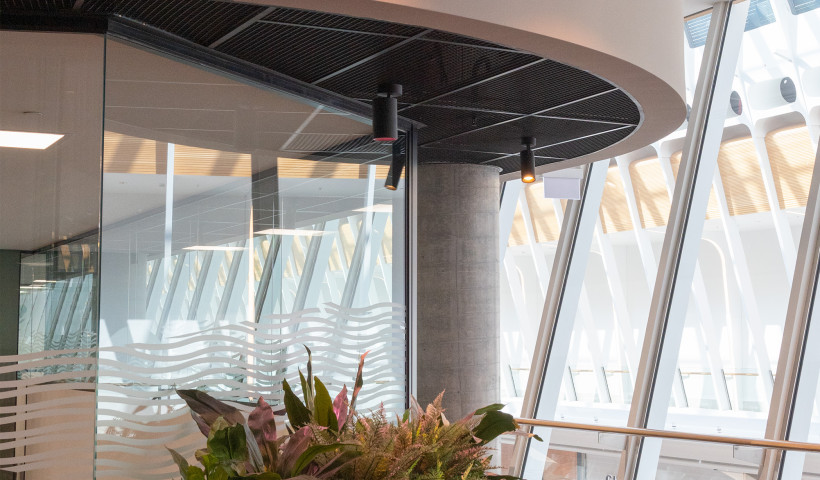
An insulation product, if chosen correctly, can complement both passive fire and active fire protection to safeguard lives in the event of fire. It should not promote fire spread or any subsequent damaging situation for both building and people. With its unique and valuable properties, Pink Batts glass wool stands out as reliable insulation for designing passive fire systems.
Pink Batts glass wool passes combustibility test
A general definition for the term combustible is the ability of a material to catch fire and burn easily. However, this definition can be a bit too generic and confusing when discussing building materials and how they can perform in the event of a fire.
The NZ Building Code Clause C talks about Protection of Fire and defines non-combustible materials. Materials have to be tested to AS/NZS 1530.1 — Methods for fire test on building materials, components and structures — Combustibility test for materials.
This method will give a pass or fail result if it passes then the material is classified as “non- combustible” and if it fails then it is classified as a “combustible” material.
Pink Batts glass wool insulation is classified as a Non-Combustible material. All of Pink Batts' combustibility testing has been carried by CSIRO based in Australia. This non-combustible characteristic can be attributed to the fact that Pink Batts glass wool is manufactured from over 80% recycled window glass. Glass starts melting at temperatures higher than 600°C.
Non-combustibility means it will limit and not promote fire spread which is essential for passive fire systems.
How much smoke does Pink Batts glass wool release? How does it react in the event of fire?
New Zealand Fire Service advises that smoke inhalation is the major cause of fire deaths. The inhalation or exposure to hot gaseous products of combustion can cause serious respiratory complications.
AS/NZS 1530.3 measures the potential fire hazards under fire condition and includes “Smoke Developed Index”, the range goes from 0 to 10. The higher the index, the greater the hazard is likely to be from smoke.
Pink Batts' testing done by CSIRO shows that the Pink Batts glass wool range achieves an index of 0-1.
The subject of non-combustibility and smoke spread is also mentioned in Pink Batts' three BRANZ Appraisals (238 — Pink Batts Insulation, 632 — Pink Batts SnugFloor and 767 — Pink Batts Skillion Roof) under the paragraph titled “Prevention of Fire Occurring” and “Control of Internal Fire and Smoke Spread.”













 Case Studies
Case Studies








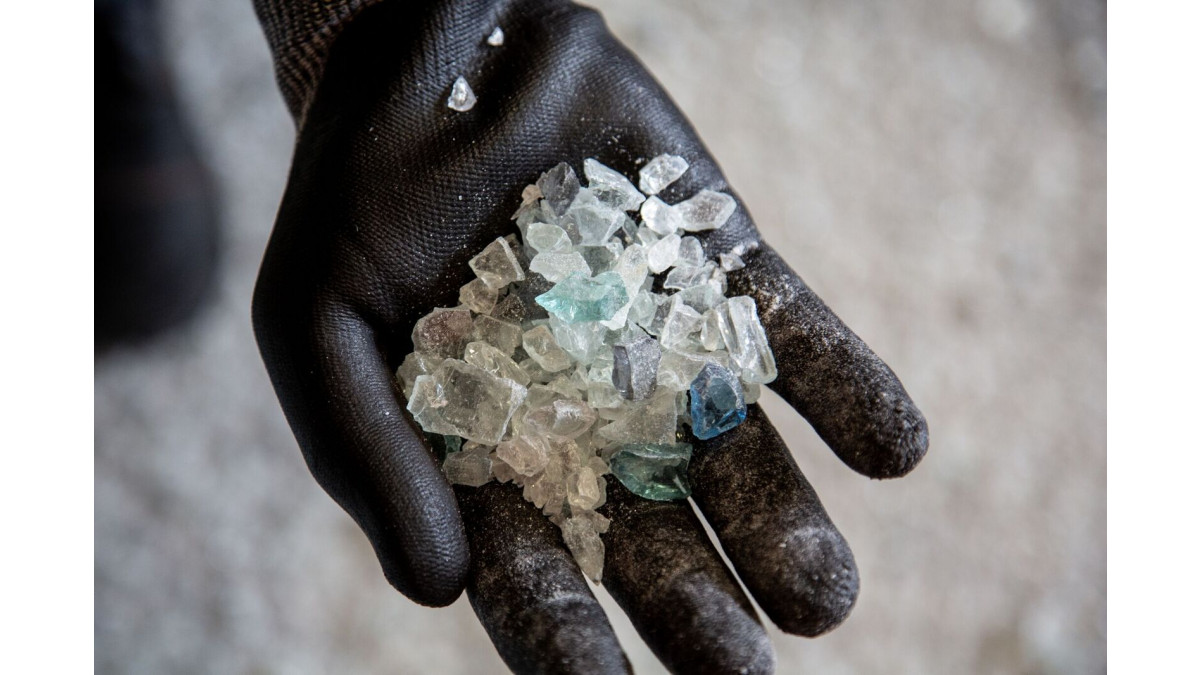
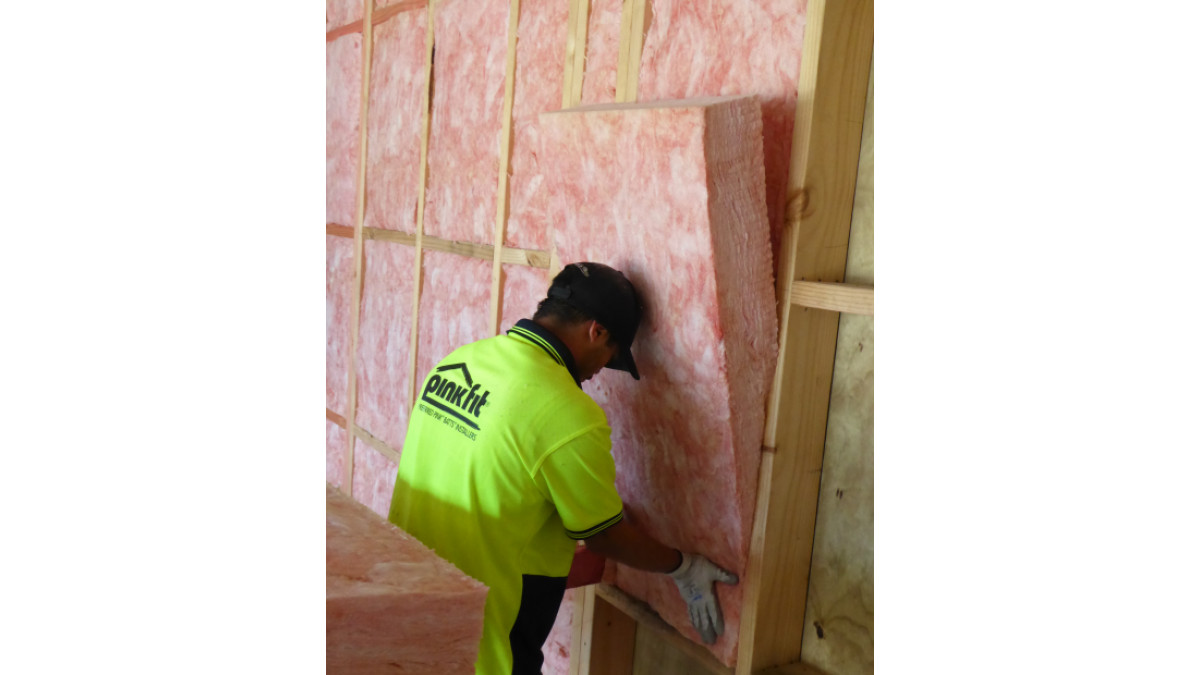


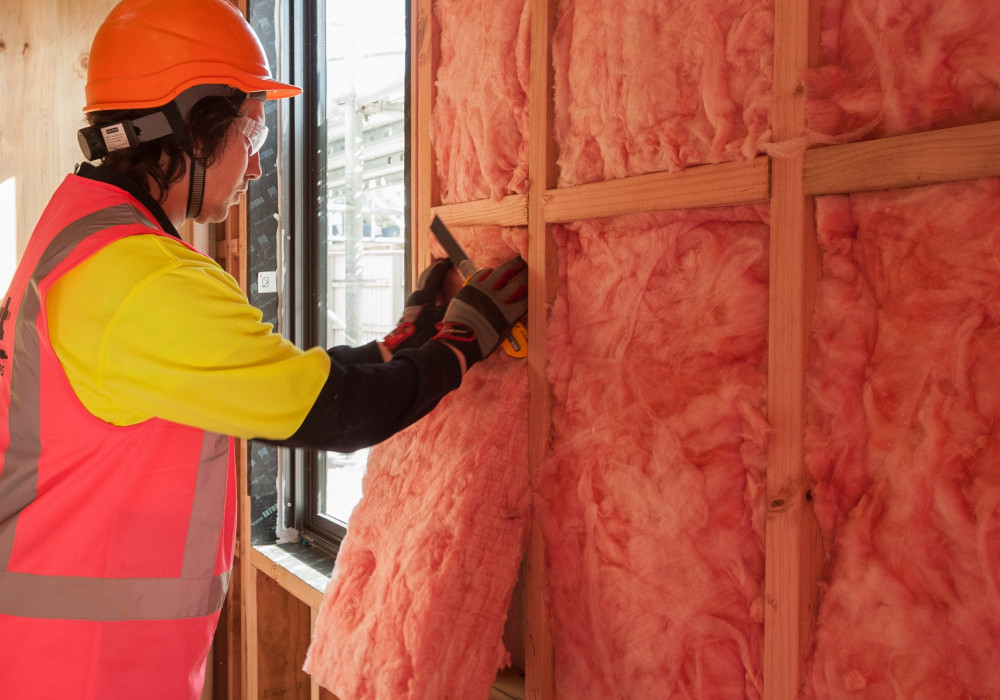


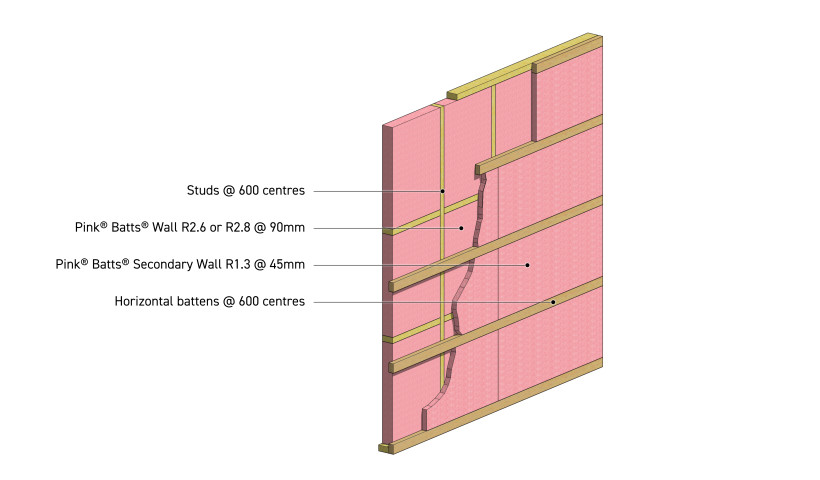
 Popular Products from Comfortech Building Performance Solutions
Popular Products from Comfortech Building Performance Solutions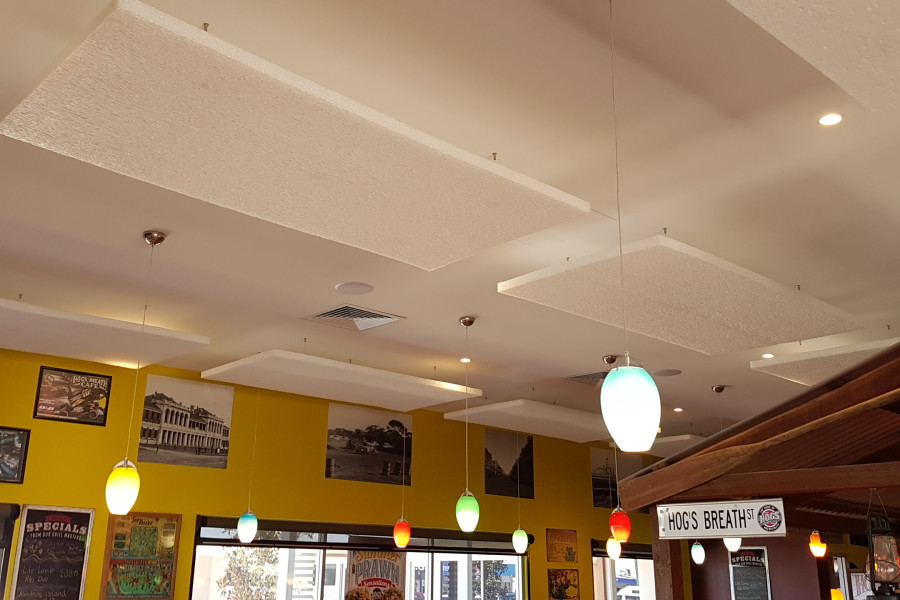
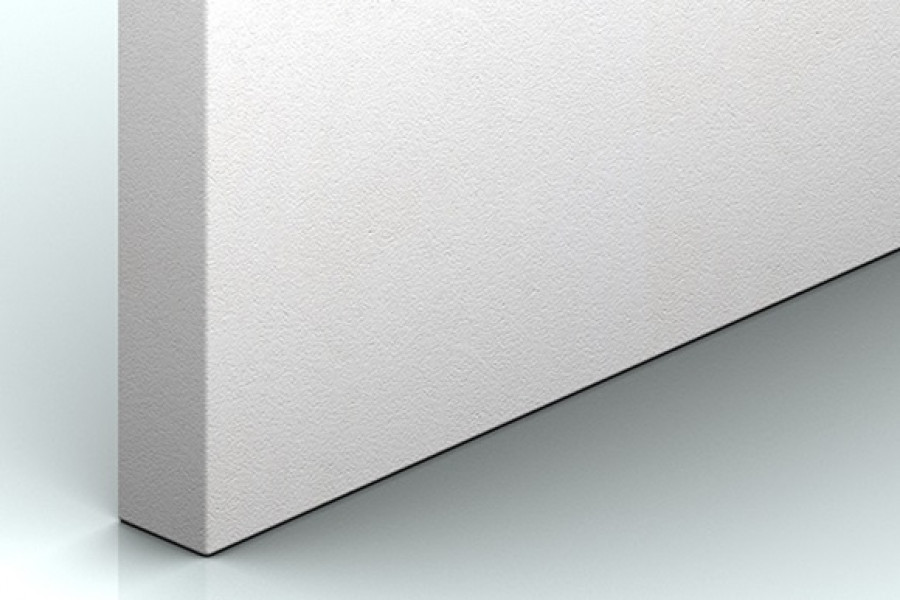
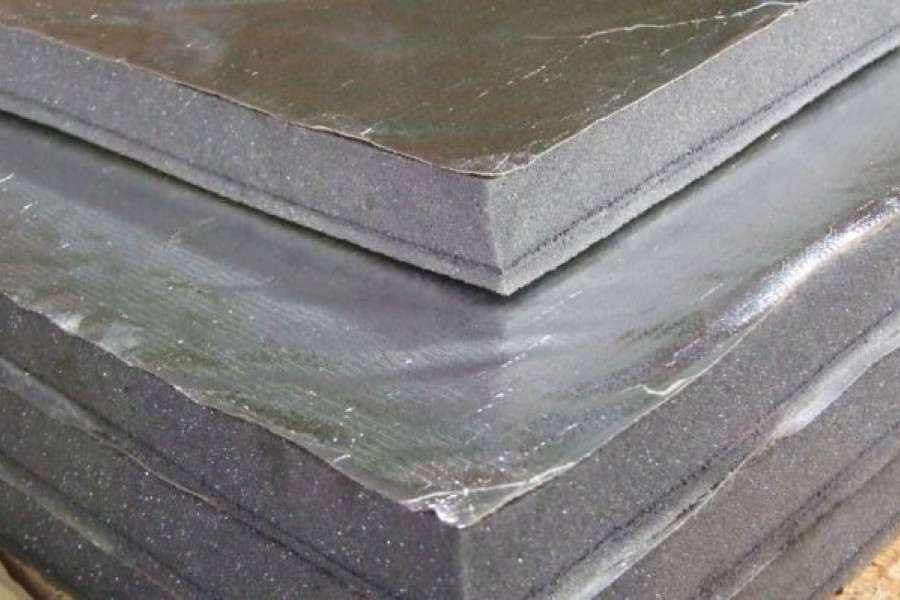
 Posts by Comfortech Technical
Posts by Comfortech Technical Most Popular
Most Popular


